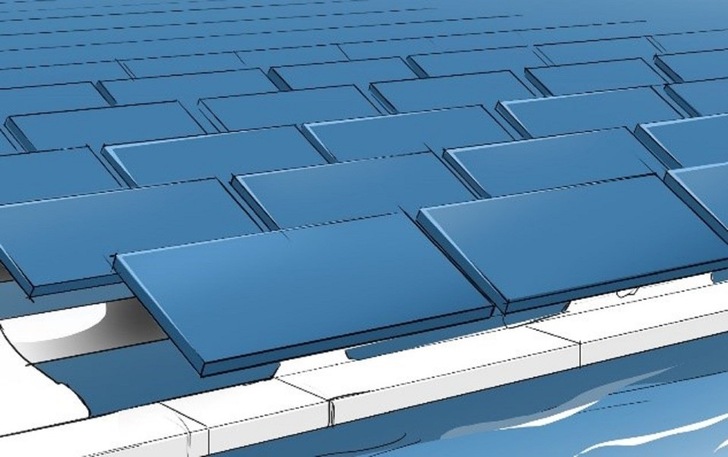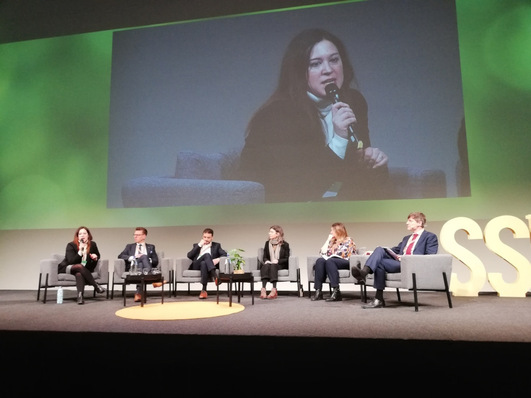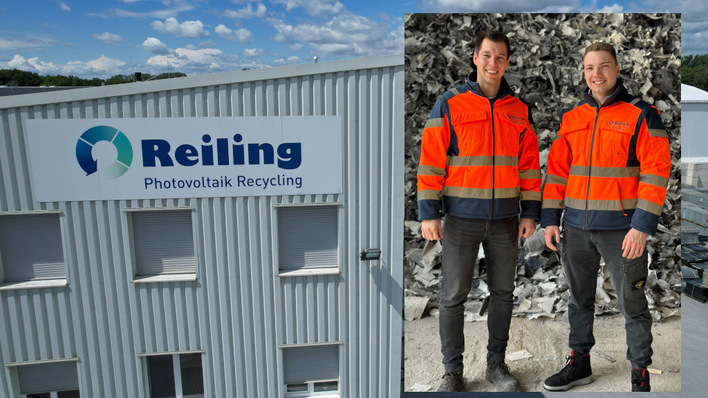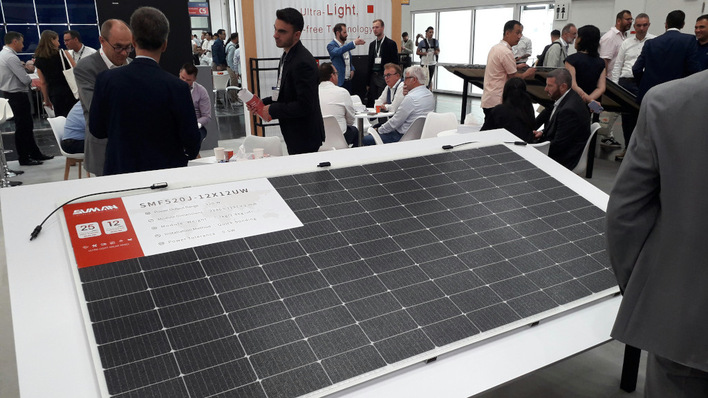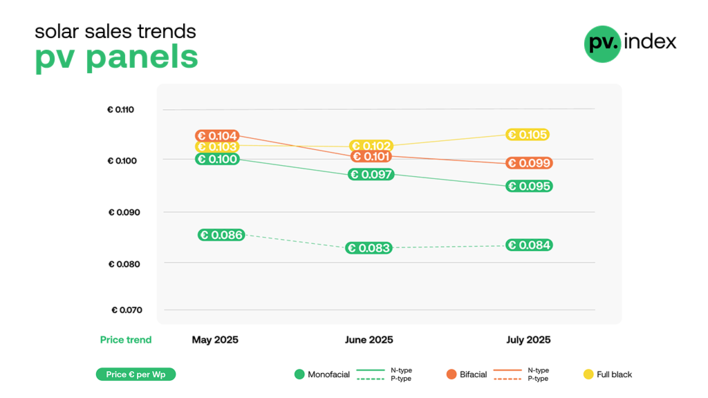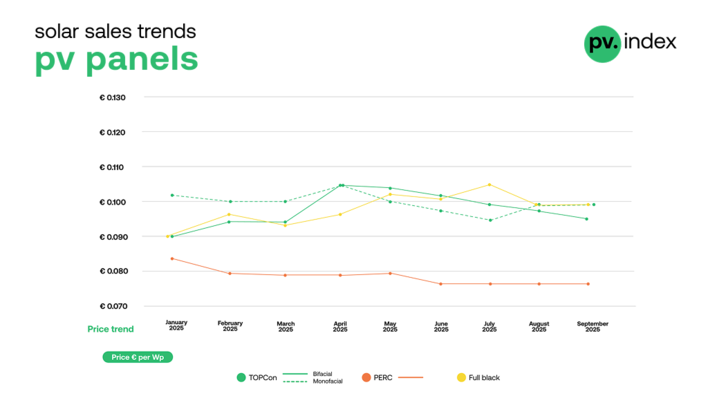In Germany alone, around 500 lakes have been created as a result of opencast lignite mining. According to a study by Fraunhofer ISE, from a purely technical perspective, these have a usable potential in the mid-double-digit gigawatt range. Thus, the floating PV systems open up new perspectives for former centres of lignite mining, such as Lusatia.
As part of the PV2Float research project, the aim is now to subject several floating PV systems with different system designs to extensive practical testing. The research project is scheduled to run for a total of three years. A suitable open-cast lake is currently being selected for the project. This is because floating solar power plants on water surfaces harbour a hitherto hardly exploited power generation and climate protection potential worldwide. Unlike ground-mounted systems, the modules for this are installed on floating structures and deployed on a body of standing water or the sea.
Four floating installations and one reference plant
In addition to the final site selection, RWE is contributing to the project with a comprehensive potential analysis of the German and international market for floating PV. As one of the world's leading companies in the field of renewable energies, RWE has many years of experience in the construction and operation of ground-mounted solar plants and is currently implementing a floating PV project in the Netherlands. The experimental plant is being designed and built together with Volta Solar. Four floating installations and a reference installation on land with a total output of about 150 kilowatts are planned. Module manufacturer Heckert Solar will support the project with innovative module concepts.
See also: No negative impacts from floating PV
VDE Renewables is evaluating the power plant concepts developed as part of the project in terms of compliance with standards and electrical safety, and is inspecting the plants after construction. Fraunhofer ISE is investigating the regulatory framework for floating PV plants and developing a procedure for the participation of local stakeholders. The institute is also checking the reliability of the individual system components, further developing PV modules and yield simulations for the special requirements of floating applications and analysing the economic viability of floating PV. (mfo)
Also interesting: Floating PV system without plastic components


